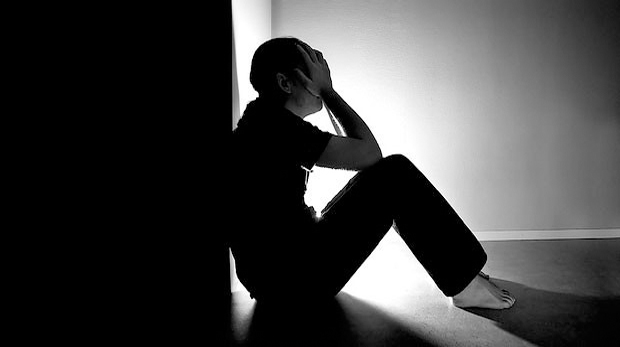Introduction and types:
Agoraphobia is the fear of being outside or being in public that according to sufferers can make them more vulnerable to a situation where they can find it difficult to escape. It is persistent fear, more common in women, that causes anxiety and panic attacks. The disease is difficult to diagnose, as the disease is not considered lethal by the sufferers themselves. It is often diagnosed indirectly, patients are primarily treated for another disease but the symptoms help doctors reach agoraphobia. It can’t be left unattended as it increases the risk of the victim of catching other disorders. The fear of going in public or in places where it would be difficult or embarrassing to escape is actually what agoraphobia is. Fear can become intense and worsen the situation of a victim if left unattended, like in most cases. It is not considered to be a disease, initially and, often, treated when it starts giving birth to greater disorders. Phobia can, majorly, be divided into two main stages: the mild one and the extreme one. The mild one includes anxiety and other factors that can cause panic attacks. The extreme one can cause people to have balance disorder which can take the form of vestibular function agoraphobia.
Causes:
There are no hard and fast reasons for a person developing the phobia of crowded places. Like most of the mental disorders, it develops due to various social, physical and environmental conditions. In some cases, it is infected through parents. It has shown signs of being transferred genetically. It also develops in people who are repeatedly exposed to the instances of high anxiety. People, who have experienced a trauma in the past, tend to develop the disease more readily. There are various biological and psychological reasons that add to the development of disease. Children, who are prone to extreme stress or depression in their childhood, tend to develop the disease in later stages of life. The children experience child abuse or a death of a parent, are just some instances of the children who have a high tendency of developing the disease.
Symptoms:
The symptoms of agoraphobia include anxiety and extreme panic disorders when one is exposed to a situation where there is too much crowding. These people like to live lonely and in solitude, to the extent that exposure to highly crowded places can be detrimental. If a person exhibits, extraordinary liking for loneliness and is too adamant to come out of his comfort zone, he can be a victim of this phobia. Affiliated fears in such a state are fear of open places, fear of death and fear of places where it is difficult to make an escape. In addition to these symptoms, there are some physical symptoms that a victim is likely to develop:
–Chest pain or discomfort.
–Dizziness.
–Racing heart.
–Shortness of breath.
–Sweating.
–Trembling.
–Upset stomach, nausea and diarrhea
–Flushing and chill.
–Choking.
If the disease persists, the victim is likely to fall prey to extreme depression which can lead to suicidal attempts or use of drugs or alcohol.












3 Responses